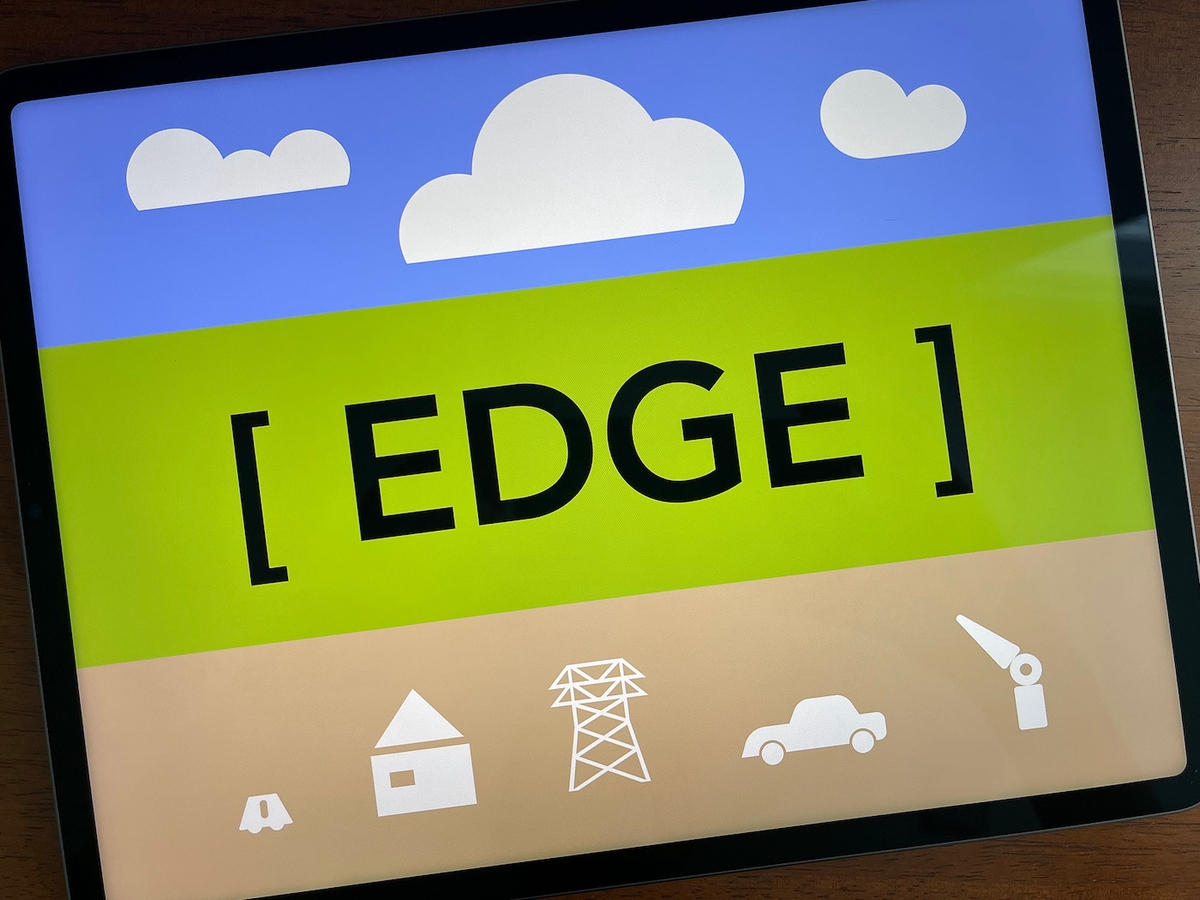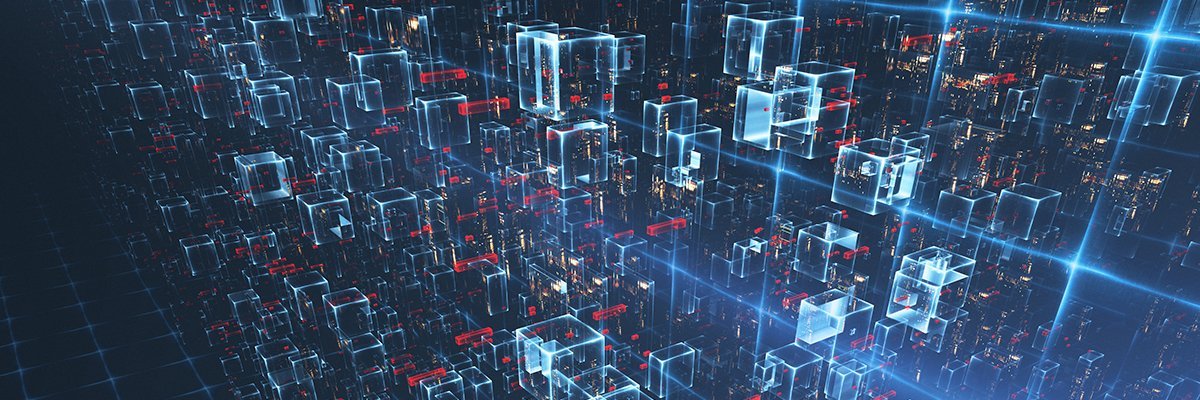Digital twins on the manufacturing menu – with help from the hyperscalers
SOURCE: HTTPS://WWW.IOTTECHNEWS.COM/
NOV 16, 2023
Digital twins: Interoperability, security, and agility will drive success
SOURCE: VERDICT.CO.UK
FEB 01, 2022

Digital twins have become an unexpected themes success story over the last three years, with adoption in multiple industries. As we progress through 2022, twins will continue to thrive, with developments in cloud capabilities and adoption in sectors such as construction and healthcare.
Cloud capabilities are a growing area. In 2021, Google launched a supply chain digital twin that enabled companies to launch a digital twin representation of their physical supply chain by organizing data to gain a more complete view of suppliers and inventories.
Microsoft and Amazon have also enhanced their digital twin offerings. Microsoft launched a digital twin ontology for construction and building management, while AWS launched IoT tools such as TwinMaker and FleetWise to simplify twins of factories, industrial equipment, and vehicle fleets.
2022 will see continuing efforts to drive greater adoption of multiple, rather than single, twins. In mid-2021, the Digital Twin Consortium (DTC) announced an initiative to facilitate greater twin collaboration across different digital twins-aware trade groups, consortia, and standards groups. Challenges remain in developing a standard definition of what a digital twin is, integrating back-end data sources, and providing a standard information model.
XMPro chief executive Pieter van Schalkwyk, who co-chairs the Natural Resources Work Group for the DTC, has predicted seven trends for twins in 2022, ranging from composable digital twins to the use of twins in the metaverse and alongside blockchain.
Composable digital twins incorporate an application-based ‘packaged business capability’ (PBC), which is used to create unique application experiences to address target opportunities or challenges. Examples of these PBCs for digital twins are:
The value of a composable digital twin is in the speed, resilience, and agility it enables. Organizations must respond quickly to business events, including the actions of people in the business; the actions of competitors, customers, legislators, or suppliers; external events such as the Covid-19 pandemic or extreme weather; equipment breakdown and process failures; and operational intelligence gathered from business applications, data sources web services, or IoT data.
The metaverse will be front of mind for Big Tech companies’ planning, and twins are likely to be a part of that. According to van Schalkwyk, as digital twins develop in the metaverse, a data infrastructure—or ‘dataverse’—will evolve to support the complexity and scale of new use cases.
2022 will also see industrial use cases as twins make use of blockchain technology. Web 3.0 blockchain technology will enable autonomous digital twins to transact with other twins to exchange value through transparent smart contracts. The emerging ‘BlockTwin’ will allow twins to interact autonomously with each other and business applications.
But with digital twins likely to face more security attacks in 2022, there will be increased awareness of a need for security across the whole lifecycle of a twin to preserve its trustworthiness and integrity.
LATEST NEWS
WHAT'S TRENDING


Data Science
5 Imaginative Data Science Projects That Can Make Your Portfolio Stand Out
OCT 05, 2022

SOURCE: HTTPS://WWW.IOTTECHNEWS.COM/
NOV 16, 2023
SOURCE: HTTPS://AITHORITY.COM/
OCT 03, 2023
SOURCE: HTTPS://WWW.SCIENCEDAILY.COM/
AUG 08, 2023
SOURCE: HTTPS://WWW.GLOBALLOGIC.COM
JUL 06, 2023
SOURCE: HTTPS://INDIAAI.GOV.IN/ARTICLE/HOW-DIGITAL-TWIN-TECHNOLOGY-WILL-EVOLVE-IN-2023
JUL 04, 2023
SOURCE: HTTPS://WWW.CNBC.COM/2023/01/21/DIGITAL-TWINS-ARE-SET-FOR-RAPID-ADOPTION-IN-2023.HTML
JUN 30, 2023